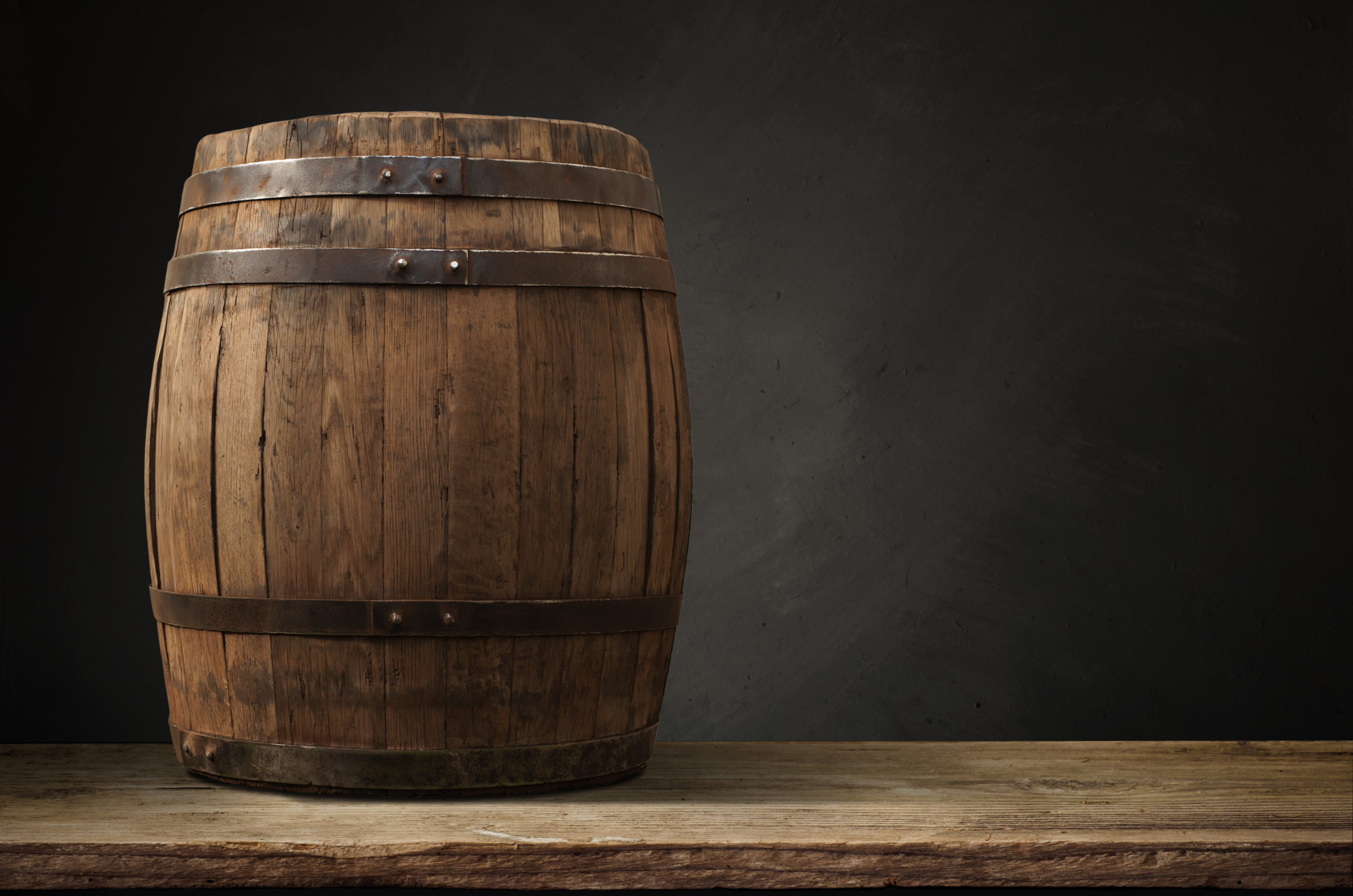
Barrels, Hogsheads, Pipes & Butts –Their Differences, Influences & History
April 25, 2022

by Gary Quinn
Whiskey is matured and finished in a confusing and ever-changing range of barrel types. Some of them are chosen for their convenience or cost while others are chosen to bring a specific flavour profile to a whiskey. The size of the cask, the wood it’s made of and the drink it matured before it was used for whiskey, all contribute massively to the final flavour, colour, texture and personality of the whiskey.
If you are already a member you can log in here to access all areas of your membership.
Not yet a member? Join a growing community of Irish whiskey fans from across the world and participate in our Whiskey Club events as soon as you join and get access to our exclusive Club whiskeys and casks. No long-term contracts. Cancel anytime.
We use cookies to optimize our website and our service.
